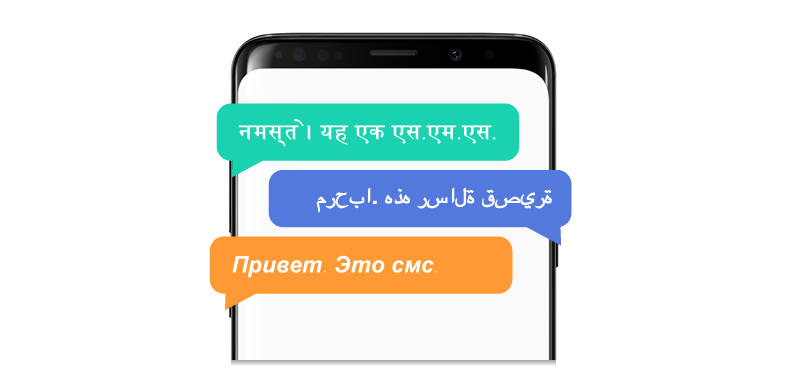Recently we have expanded our platform to be able to cater for sending Emojis, along with several languages spoken worldwide, such as Chinese and Arabic. This is all down to ‘Unicode SMS’.
The standard format of an SMS message consists of a 160 character limit with the use of a GSM-7 character set. This would include the A-Z alphabet, along with 0-9 numbers, and some special characters such as the ‘£’ or the ‘@’ sign. We have a full list of the GSM-7 characters here.
Unicode gives you the opportunity to use any known characters within your message, for example, things like Emojis or other languages such as Chinese and Arabic that aren’t included in the GSM-7 character set.

This gives you a great opportunity as a business, if you are sending internationally you could send the message in the native language of the recipient – if you couldn’t before. You can also take the opportunity to give your messages that added character by adding some Emojis.
Unicode SMS is standard for some parts of the world (as you can imagine). However, characters submitted in Unicode use more data bits per character than a standard GSM character. Each Unicode character uses twice the data a standard character does. As such, in order to send a Unicode message across the SMS infrastructure, the number of characters reduces from 160 to 70 for a single SMS. As with all messages, content is key, a small increase in the number of SMS parts may be trivial to getting the message across perfectly.
If you would like to enable your FireText account for sending Unicode messages, then please get in touch.